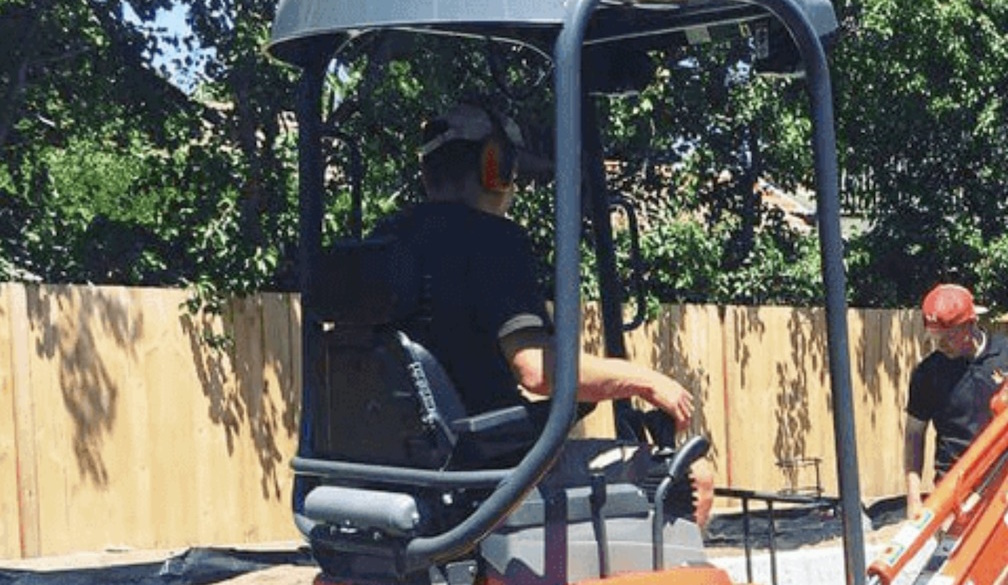New Zealand leads the way in aged care

Adopting a successful aged care model provided by New Zealand’s four largest retirement living providers could help solve Australia’s health crisis, a new document says.
The discussion document, commissioned by Ryman Healthcare, New Zealand’s largest retirement living and aged care provider, lays out a blueprint for reforming Australia’s underfunded, underperforming and unprofitable aged care sector.
It concludes that widespread adoption of a Continuum of Care model would provide a better quality of care for older Australians, reduce the cost of the aged care system on the taxpayer, alleviate pressure on the public health system, and increase housing supply.
The Continuum of Care model, whereby retirement living and aged care services are integrated within one village community, is widely adopted across the Tasman.
All of Ryman’s 38 retirement villages in New Zealand, as well as its seven in Victoria, have aged care centres, compared with just 30 percent of Australia’s retirement villages offering aged care facilities onsite or in close proximity.
The discussion document’s key recommendations include: establishing a national regulatory regime to govern the retirement living and aged care sectors as one; creating greater incentives in planning systems for integrated retirement living and aged care facilities; and introducing a specific home care package for retirement villages to help residents live independently for longer.
Cameron Holland, CEO of Ryman Healthcare Australia, said aged care in Australia needed to change to meet future demand.
“Aged care in Australia is fundamentally broken and, with almost 65 percent of operators currently running at a loss, and ageing aged care stock not meeting customers’ changing needs, the need to rethink our entire approach couldn’t be more urgent,” Mr Holland said.
“Yes, more government funding is needed but simply pouring more taxpayer dollars into a bucket with a hole in the bottom isn’t a sustainable long-term solution.
“I’m a fiercely proud Australian, but the simple truth is the Kiwis’ approach to aged care has been streets ahead of ours for decades. It’s why Ryman Healthcare expanded into Australia almost 10 years ago, and why demand for its more holistic offering has been so strong here ever since.”
Mr Holland said Australia’s aged care system is not fit for purpose today, let alone the increased demands of the future.
“A new model is needed to help fix this broken system, and we’ve seen first-hand how the New Zealand approach can work. And it works because the Continuum of Care model mirrors the unpredictable reality of the human experience.
“People downsizing into a retirement community to live independently know that if their or their partner’s health needs change in the future, they can access aged care right where they are. This approach minimises disruption and change in the most challenging of life stages for both residents and their families.
“Similarly for operators, capital investment, cost and income streams are diversified across a number of accommodation and service types that suit each life stage. This diversity improves the quality of investment and therefore quality outcomes for all stakeholders.
“This model is truly win-win-win for customers, operators and the government, and will spur much needed investment in a sector that will see massive growth in demand in the coming decades.”
The discussion document is being officially launched in Melbourne today by New Zealand’s High Commissioner to Australia, Dame Annette King, who also wrote the document’s foreword.
“The Continuum of Care model – widely used in New Zealand but only in its infancy in Australia – offers a strong basis on which to address two key issues facing the aged care sector: financial viability and, most importantly, improving the quality of care delivered to residents,” Dame Annette said.
“As Ryman is demonstrating in its villages in Victoria, as well as back home in New Zealand, the Continuum of Care model facilitates investment in the high-quality aged care that older people need and deserve.”
StewartBrown data released this month estimates the cost of creating a quality, sustainable aged care industry in Australia sits at over $9B per year, with $1.74B required to address home care issues and $7.61B needed to improve the standards of residential care[3].
With government budgets unable to stretch this far, Mr Holland said the private sector must play a role in futureproofing Australia’s aged care sector.
“The approach New Zealand has taken has fostered the investment and innovation the sector needs to meet the growing demand for quality care and has taken a huge weight off the government’s shoulders. There’s no reason Australia can’t follow suit.”
Cam Ansell, Managing Director of aged care consultancy Ansell Strategic, said older Australians spend more time in institutional long-term aged care facilities than any other OCED country.
“Australians spend, on average, more than 30 months in residential aged care – more than any developed country in the world[4]. But there are few options in between being at home and requiring care and residential aged care in Australia.
“Retirement villages can provide a substantial contribution to help address Australia’s aged care crisis.
“Our dependence on residential aged care facilities can be proportionately reduced through a more widespread adoption of the Continuum of Care approach, allowing providers to give high-quality, cost-effective care in the preferred environment of most older people.
“It would also enable us to focus our scarce clinicians on those people that require care in residential aged care facilities,” Mr Ansell said.






